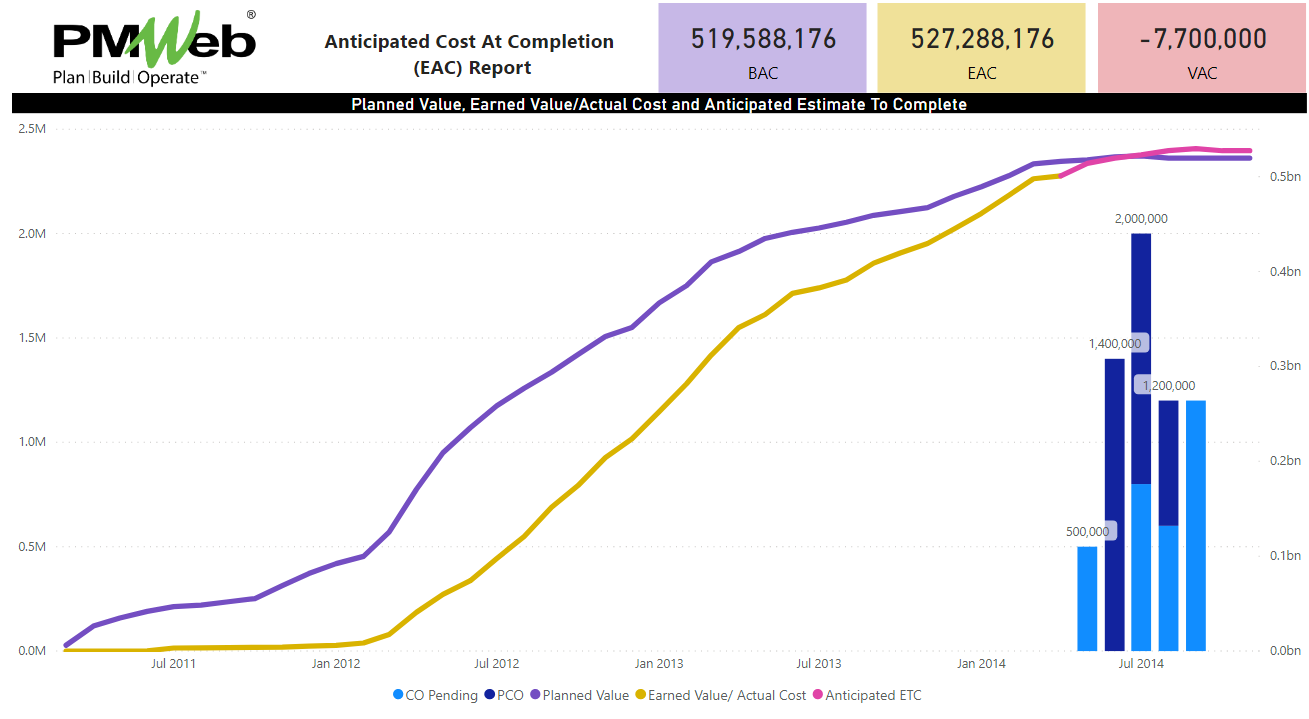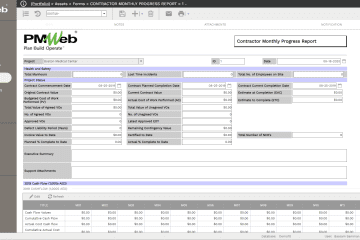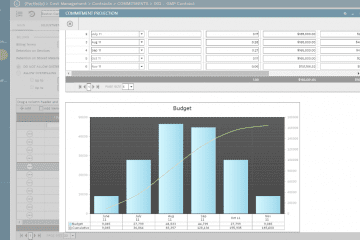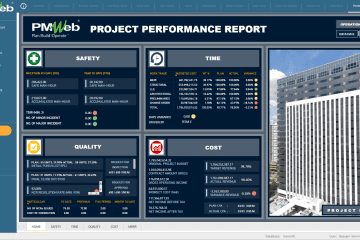One of the common requirements for all capital construction projects is to have a monthly assessment and appraisal of a project performance. This will include the performance as it relates to scheduled milestone dates, budget consumption, actual cost, changes, anticipated changes, achievements, issues among others. This performance reporting might require the use of different applications and data sources to provide project stakeholders with a single real-time single version of the truth of the current project’s performance status. This requires having standardization to certain data fields that are common among those applications and data sources. For example, this will require having a standard project identification, work breakdown structure, cost breakdown structure, companies name, contracts identification, human, equipment and material resources among others. In addition, it requires having standard periods for reporting schedule, financial and other type of progress.
One of the very common performance reports for which having standard periods are cashflows, earned value management reports, planned and used resources and other type of reports that require showing planned or anticipated values for the future period or remaining duration and actual values for the past or elapsed periods. By having the different types of values per period, stakeholders can assess actuals incurred per period and compare to what was originally planned to analyze the variances and what have caused them. In addition, they can review potential changes that could impact the originally estimated balance to complete the remaining scope of work to analyze the reasons for those potential changes and actions can be taken to mitigate their negative impact on the set project’s goals and objectives.
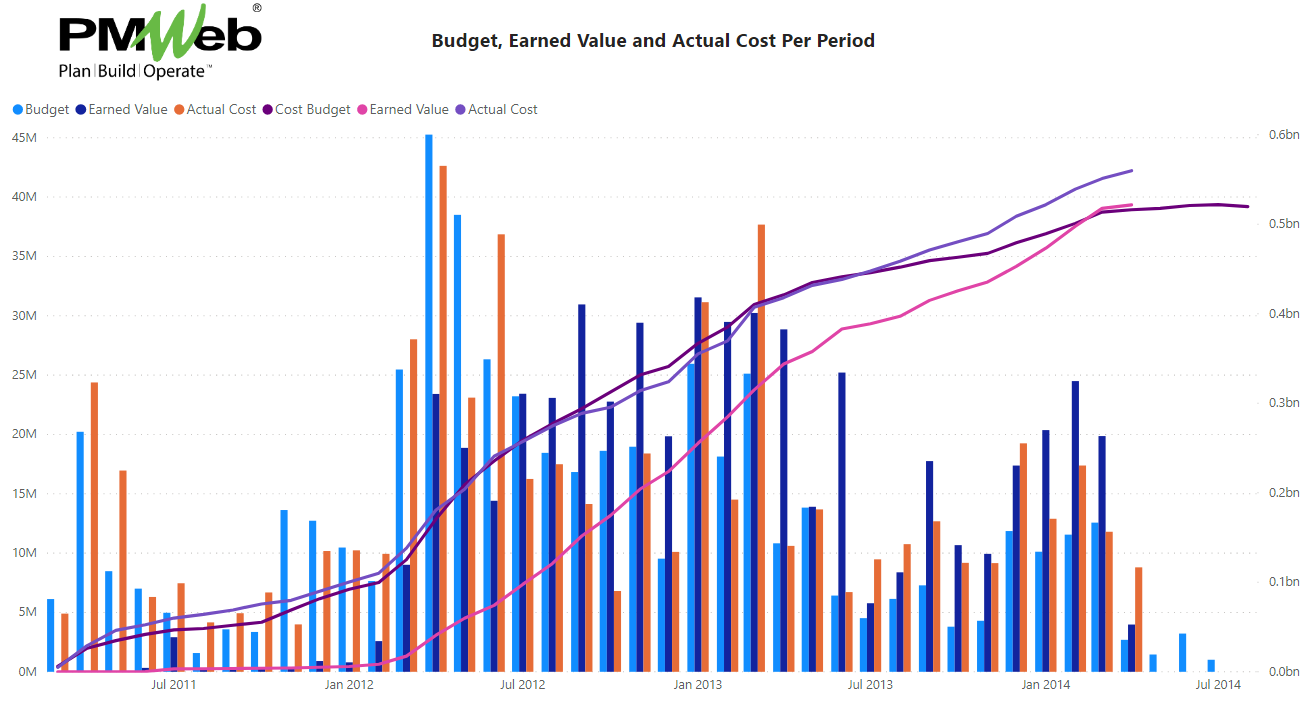
This requires that all captured project data have a date for when the record was created and for cost data to have a period field to detail when the captured cost data needs to be posted. For example, a potential change that the project team might become aware of it today but its impact on the project’s cashflow will be six months from today. Another example is the budget planned spending where although it is defined when the project starts, nevertheless, the projection values could be for the total project’s duration. Of course, there are many other examples.
If a Project Management Information System (PMIS) like PMWeb is already in use to manage the project management processes required for the capital construction project delivery, all transactions will have by default the date the transaction was created on. In addition, PMWeb has a module to define the project periods for which all cost management and contract management processes will use in posting the financial details of each transaction. The same periods defined in PMWeb should be also used in the project scheduling application as well as any ERP or accounting applications that is integrated with PMWeb.
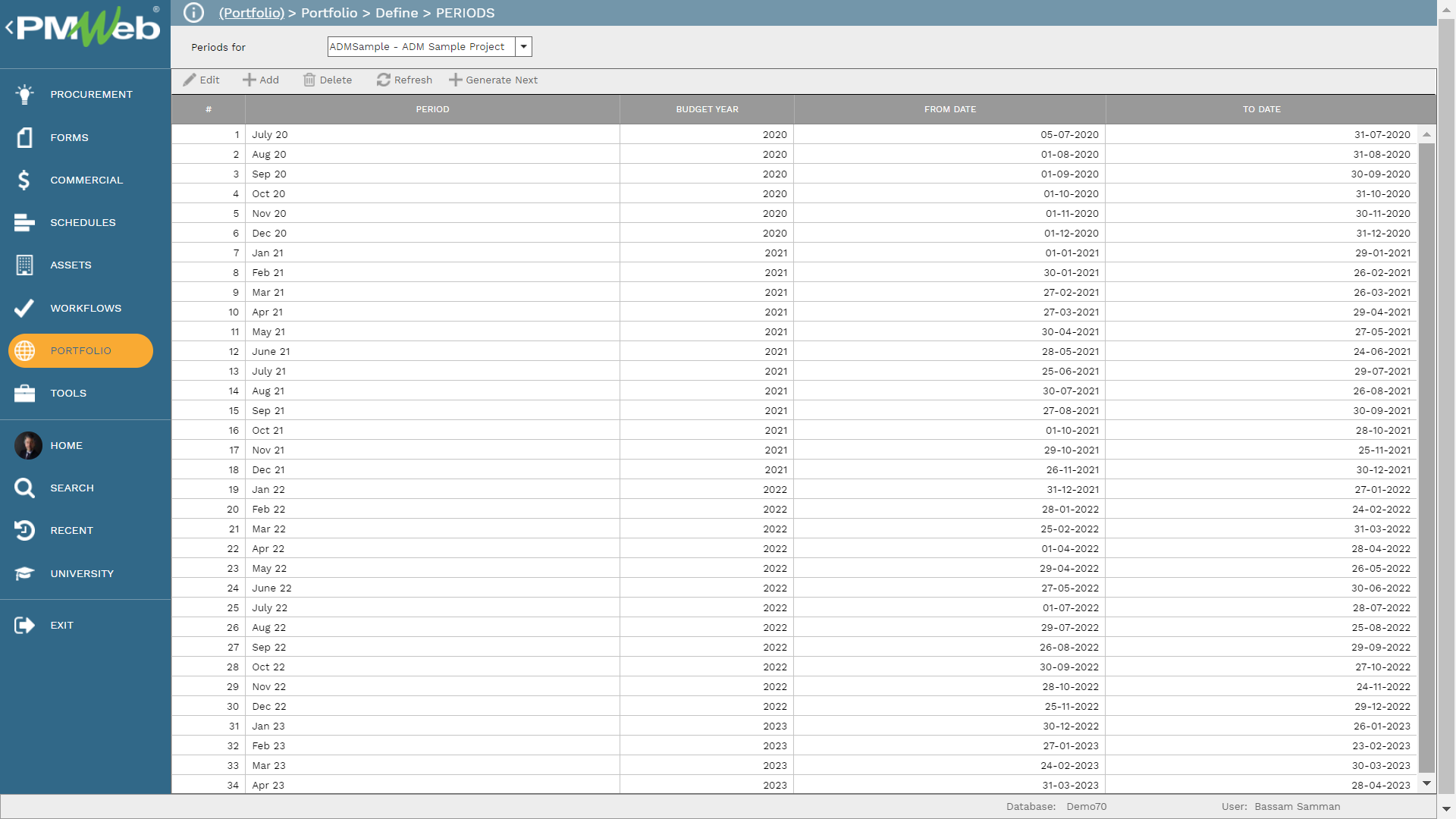
Those periods will become automatically available for PMWeb cost records that requires creating cost projection like those for budget, commitments and forecast. For those records, the periods will automatically appear when selecting the start and finish dates of the projection period.
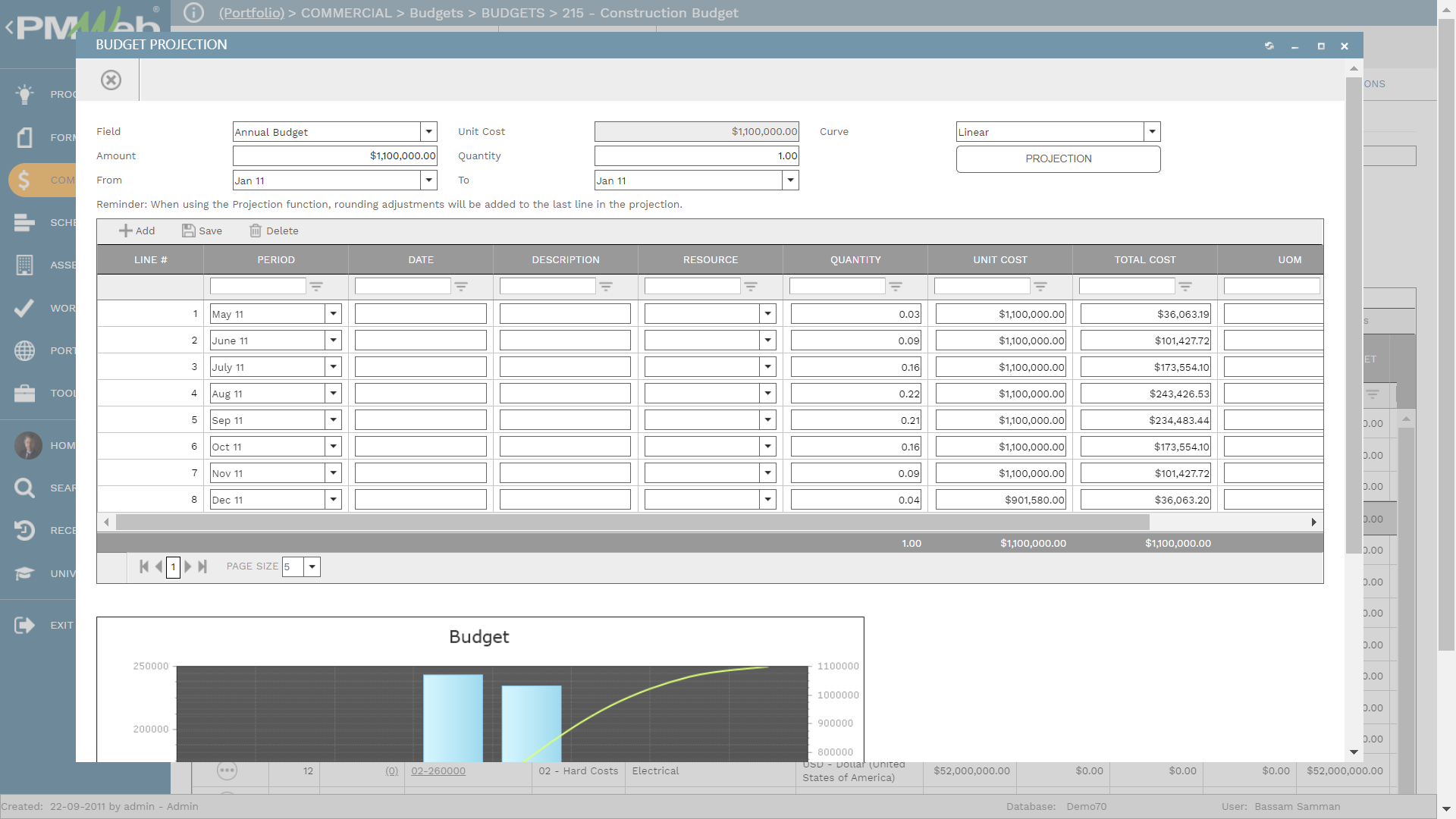
For other cost management processes that require posting specific transactions against a period like for example commitment progress invoices, contract requisitions, joint measurement report or production units, timesheets, miscellaneous invoices and other created new cost forms using PMWeb custom form builder, PMWeb allows assigning the relevant project period to each specific record.
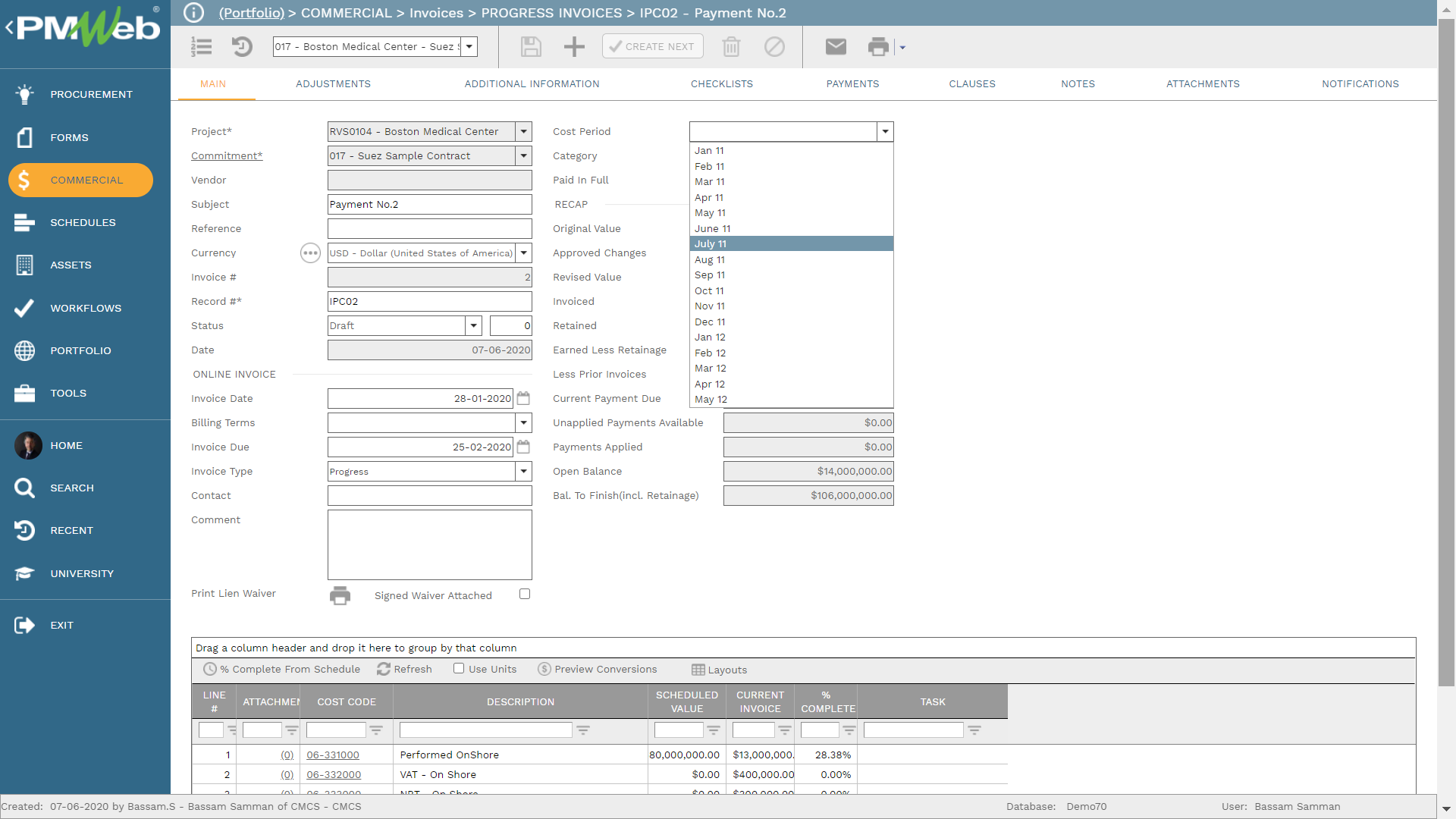
In addition, for cost records that requires having a unique period for each specific line item of the cost record like those for potential change orders, change orders and other created new cost forms using PMWeb custom form builder, PMWeb allows assigning the relevant period to each line item.

PMWeb cost ledger will capture all those transactions along with the project period that they had been assigned to as well as all other details that are relevant to the cost record. This information will become the basis for providing the needed real-time single version of the truth reporting for the project’s financial status.
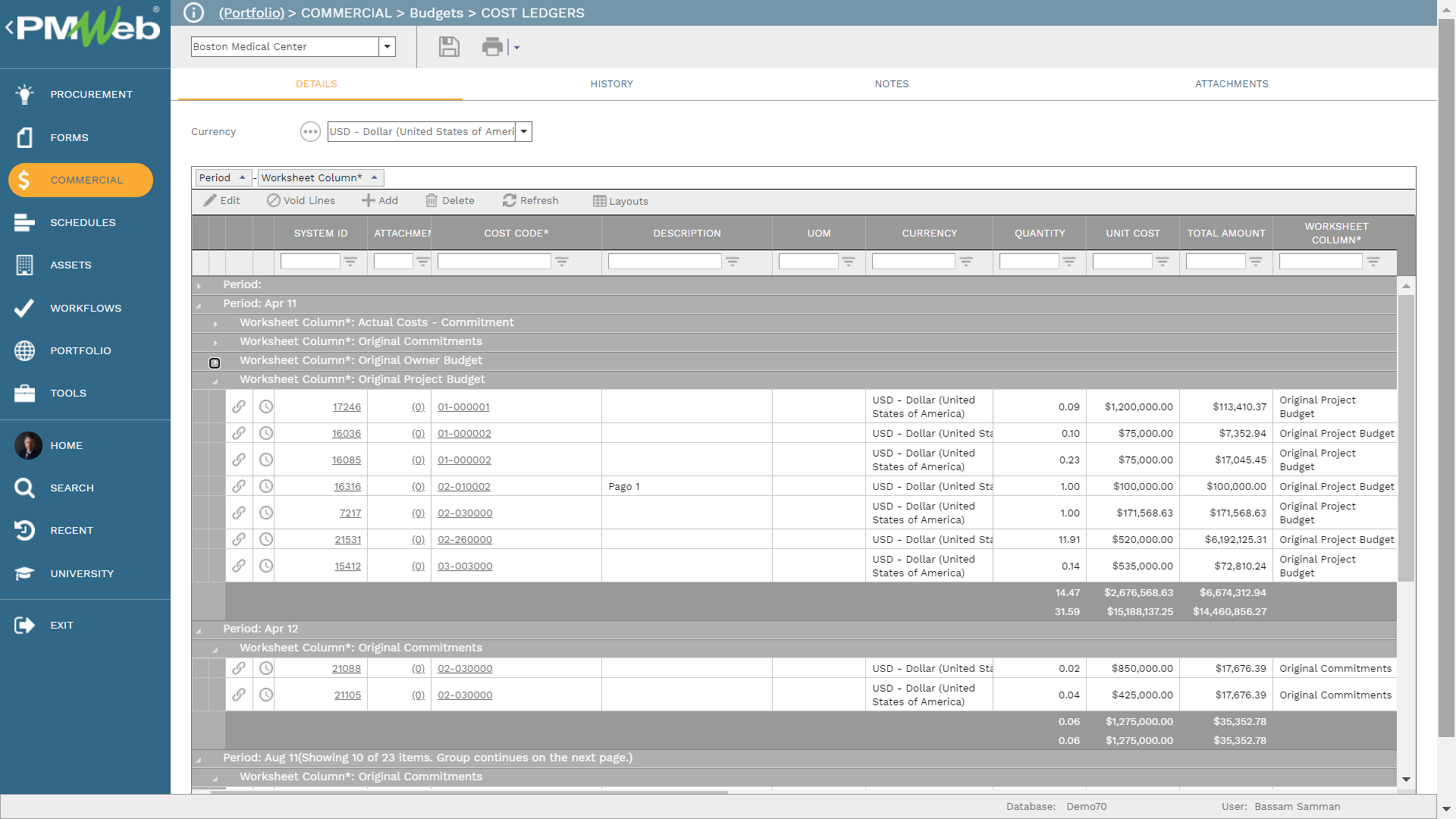
PMWeb cost worksheet module which will be used to report on the project’s financial status in the desired spreadsheet layout has two fields for “Period From” and “Period To”. This will enable the cost worksheet reader to select the project period span for which the reported financial information will be limited to.
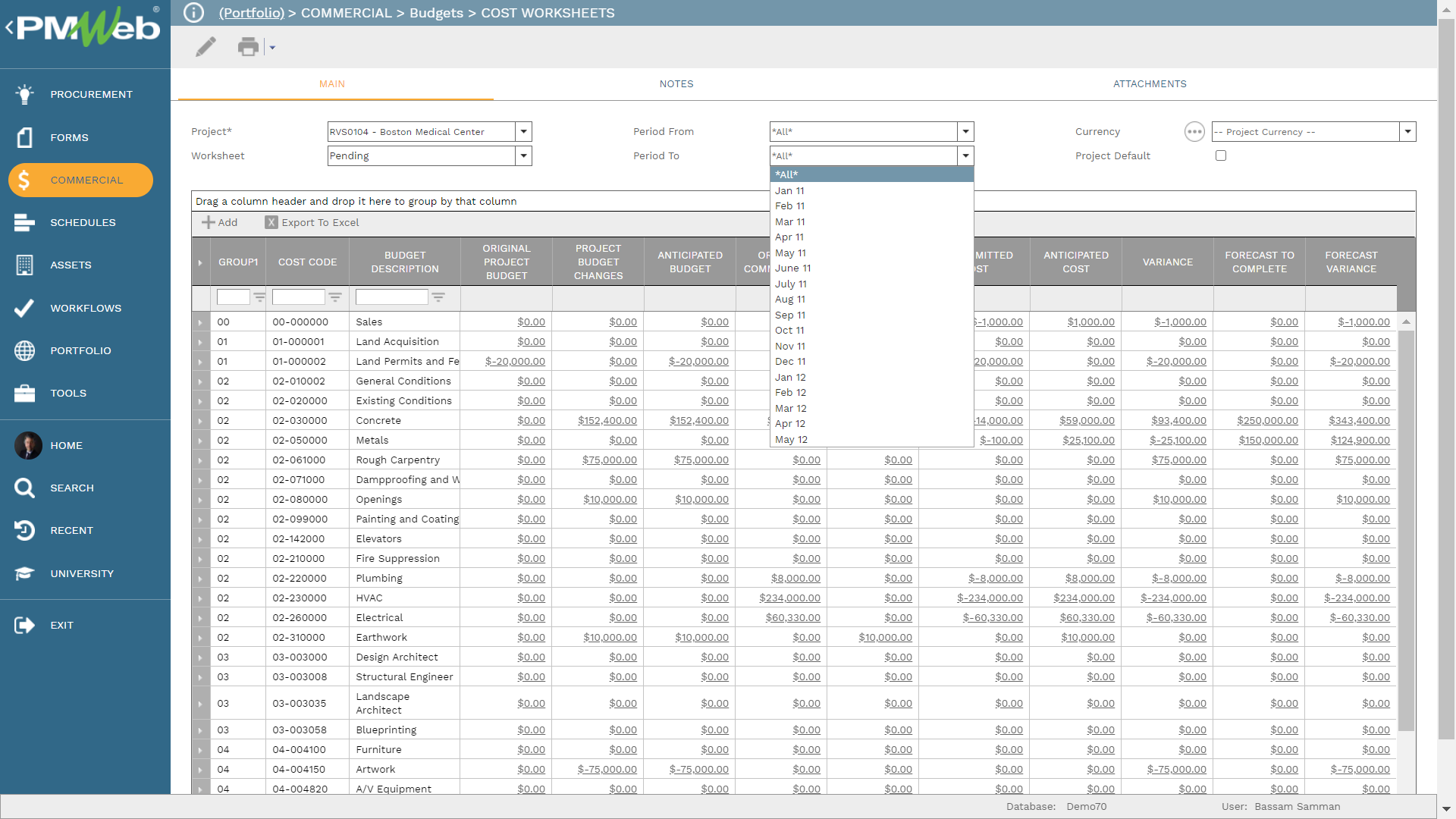
In addition to the cost worksheet, other PMWeb tabular and visual reports can be also created to display the financial information in their relevant project period. This will enable the project stakeholder to assess and analyze what has occurred in the elapsed project duration as well as access and analyze the impact of this actual performance and other newly known information on the project’s future results.
